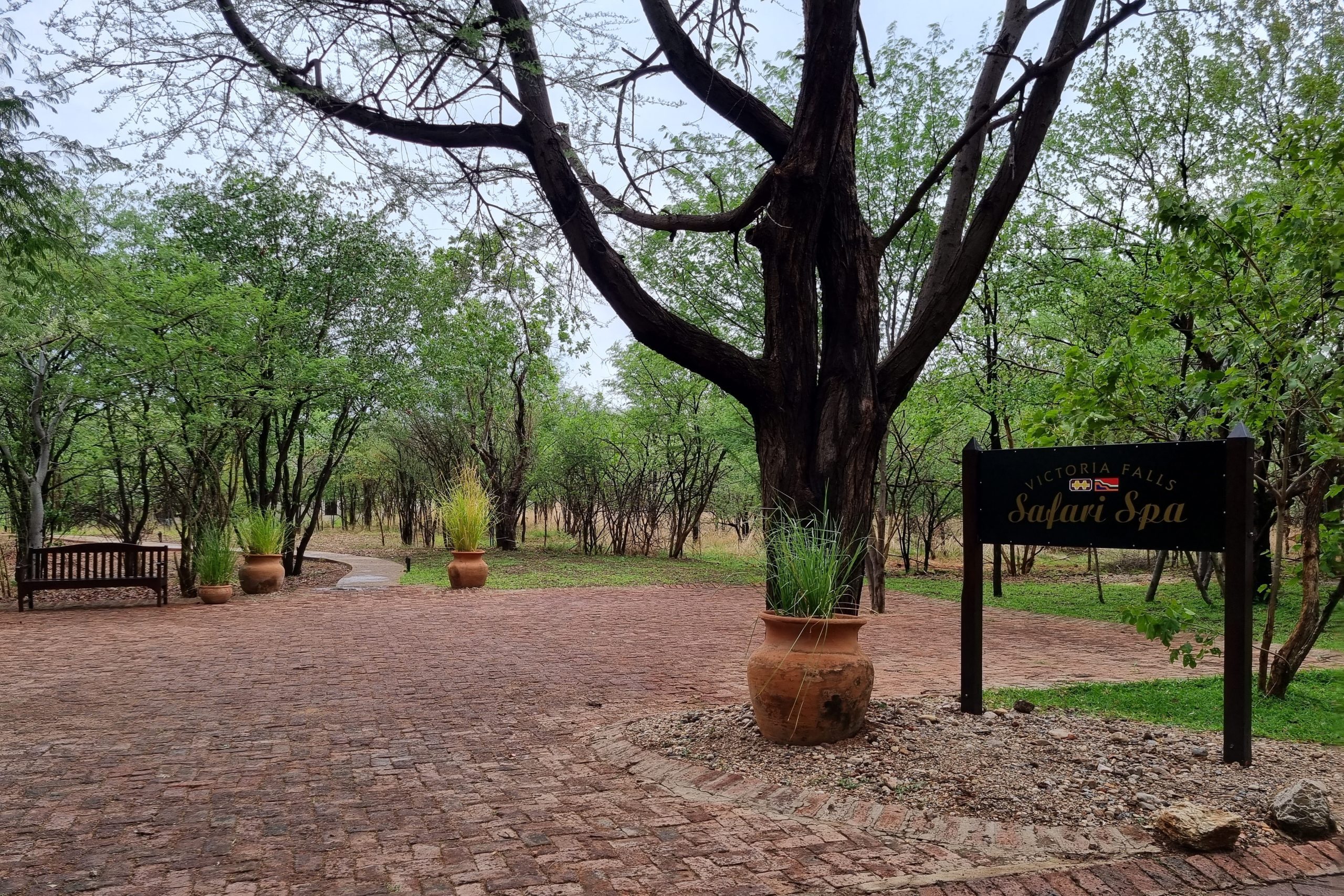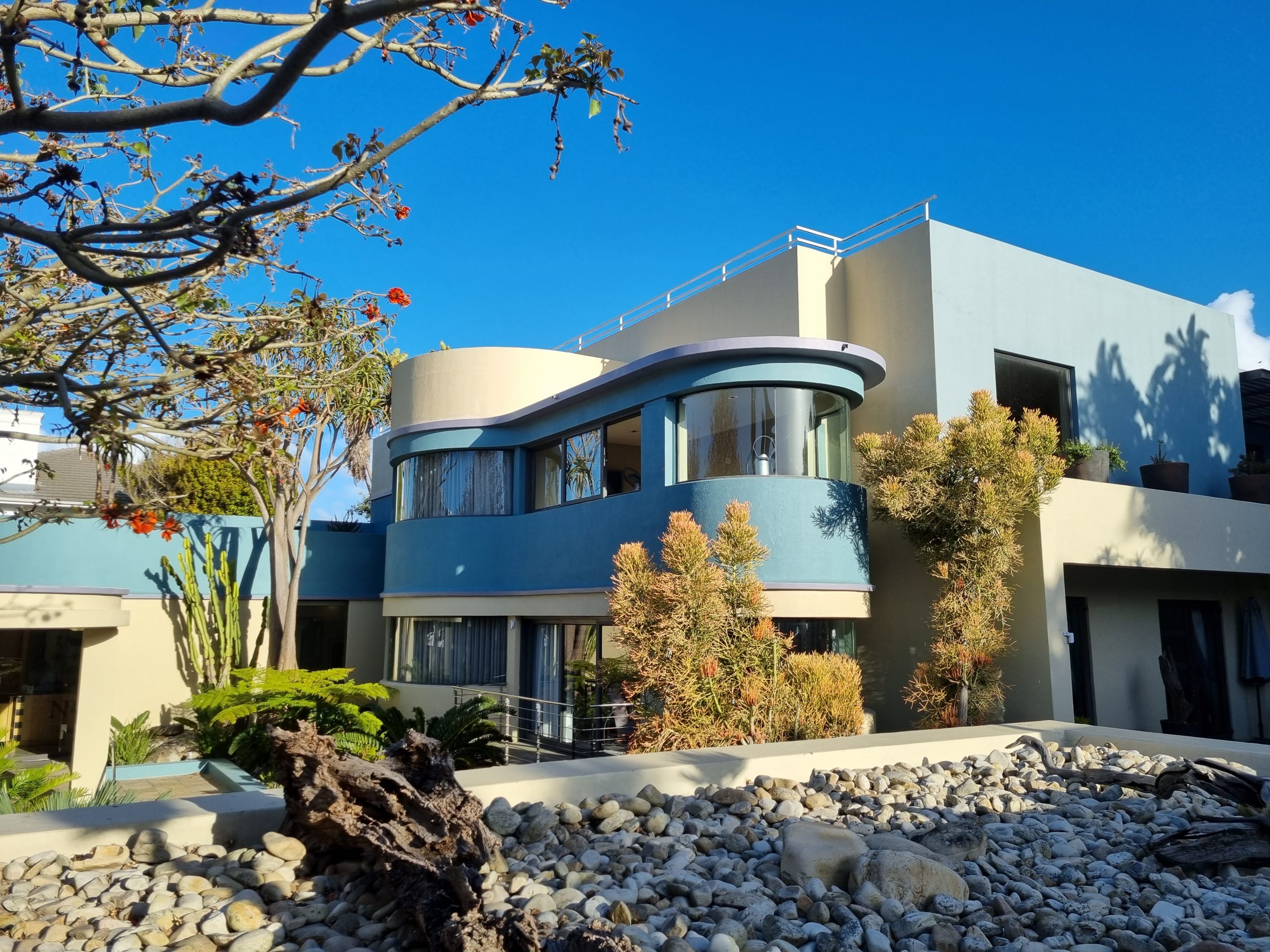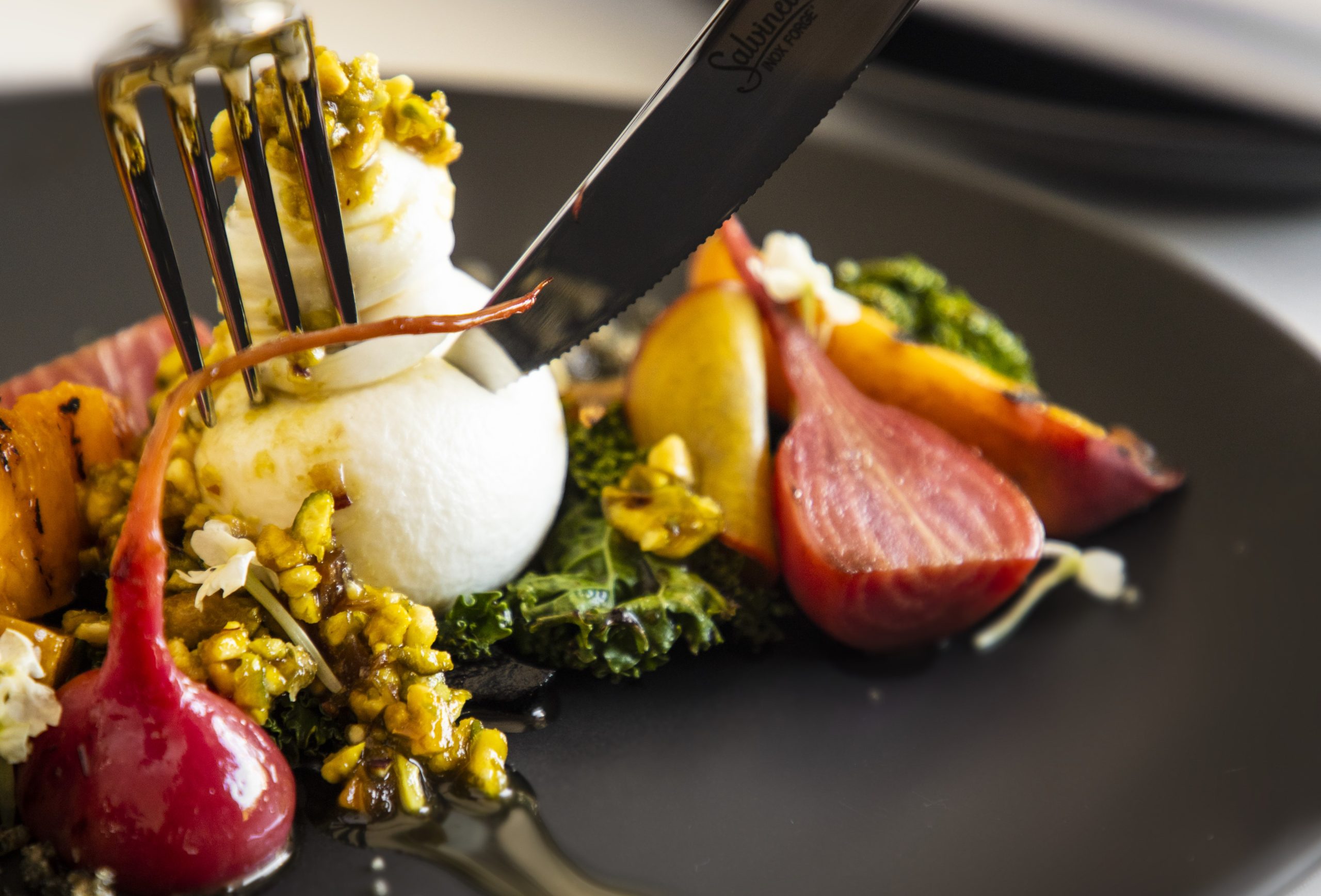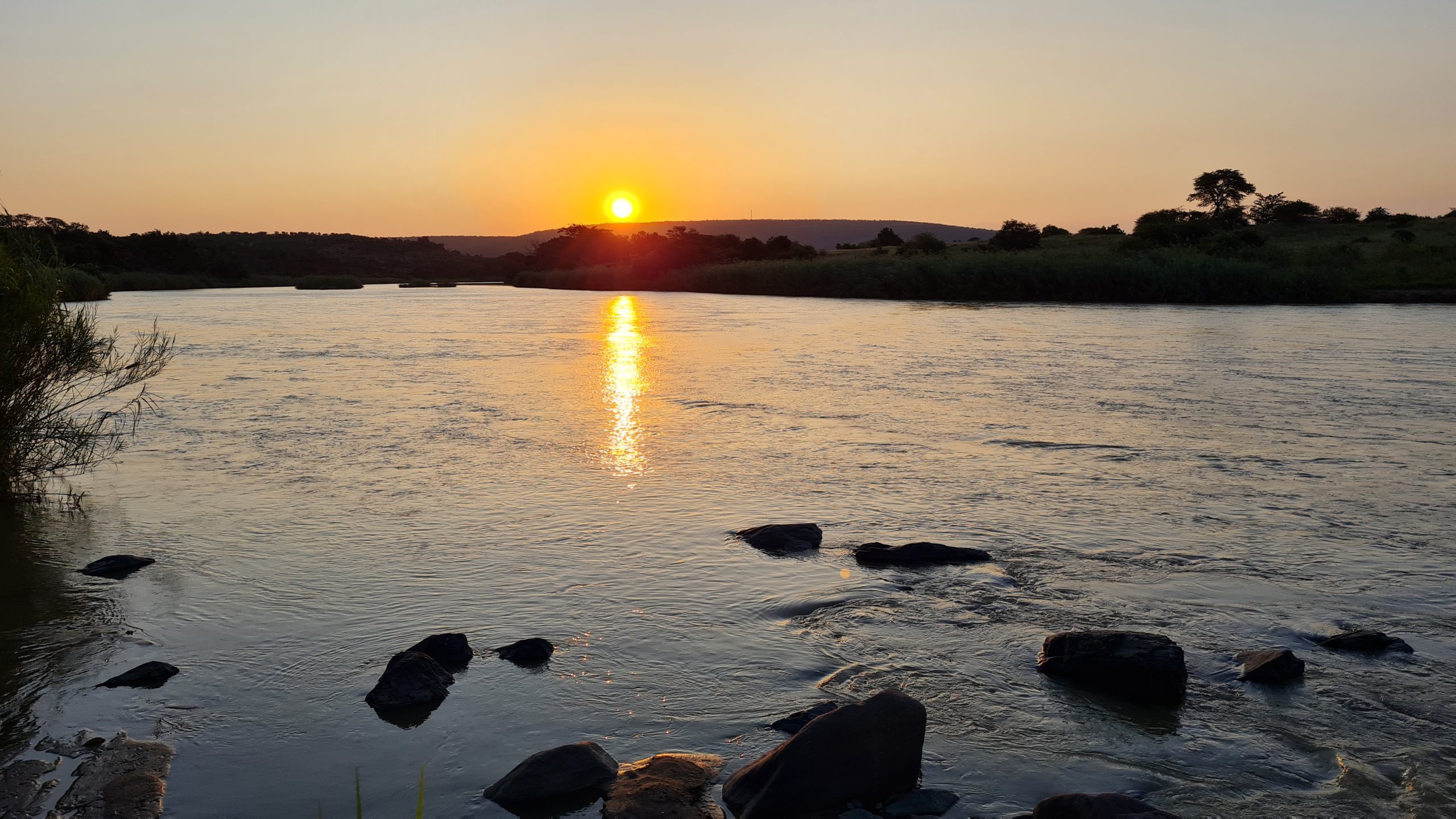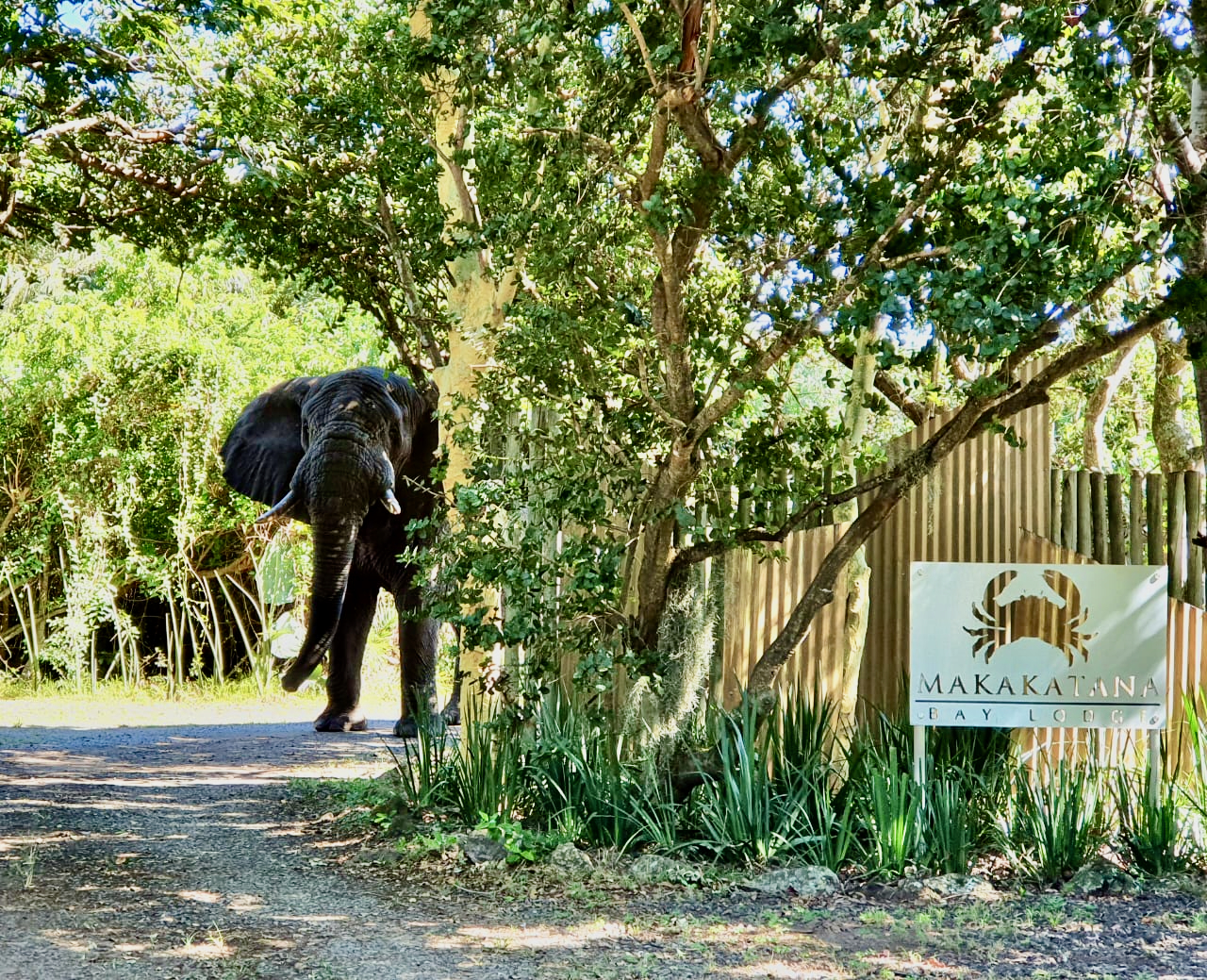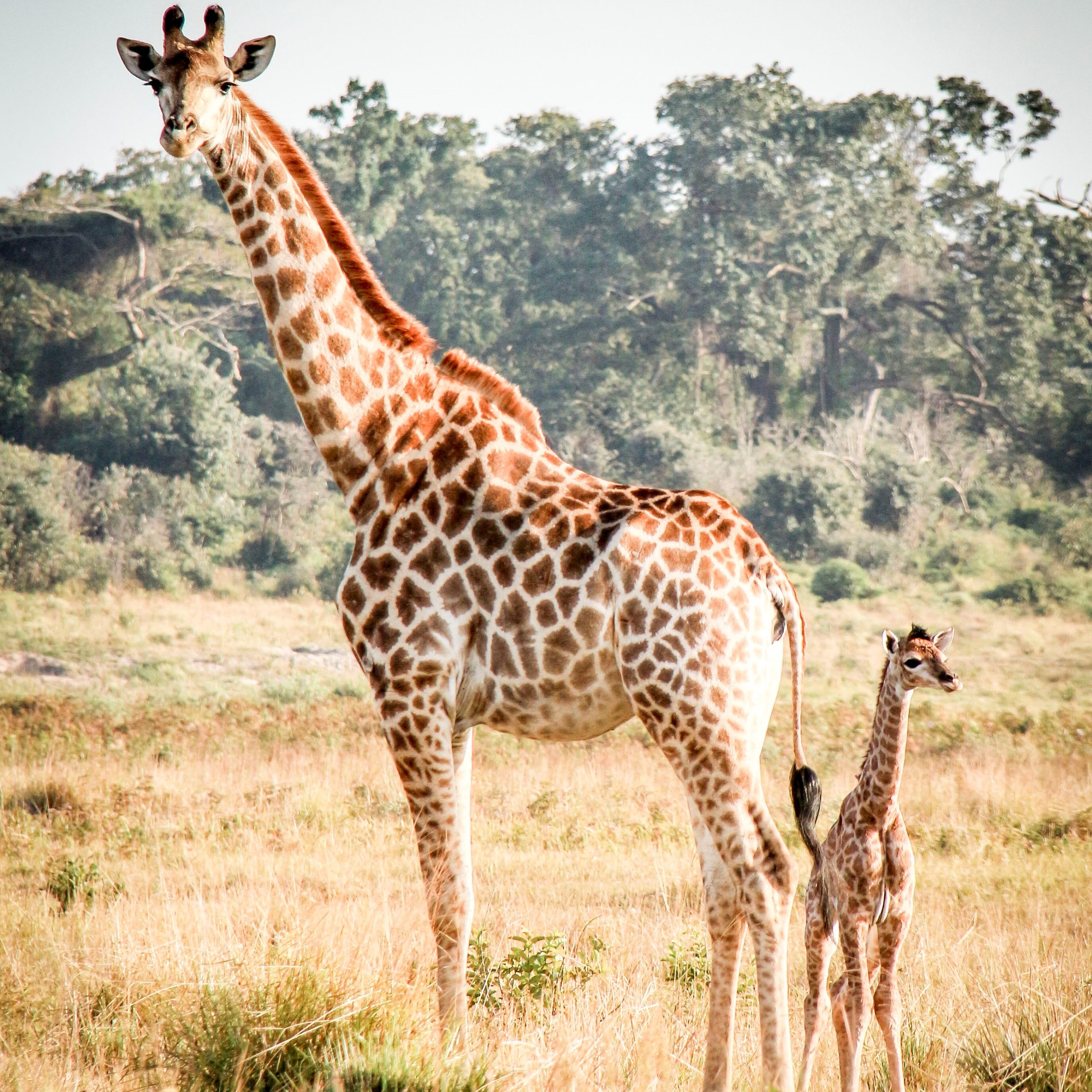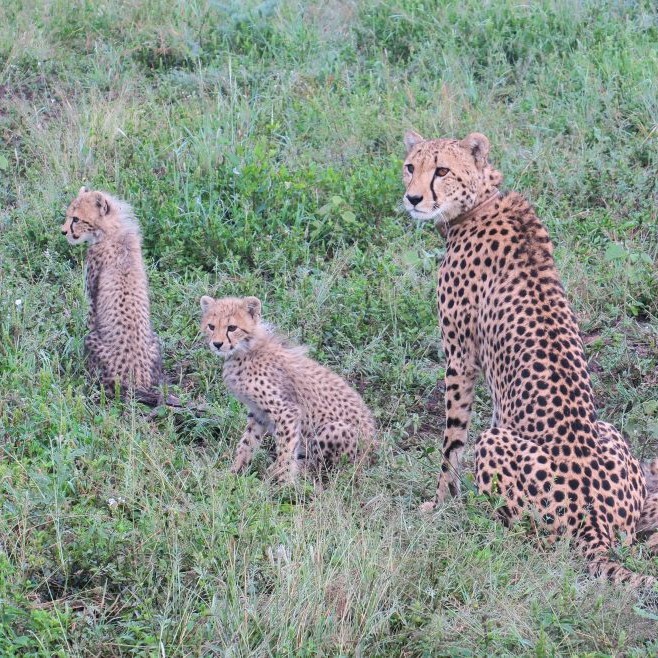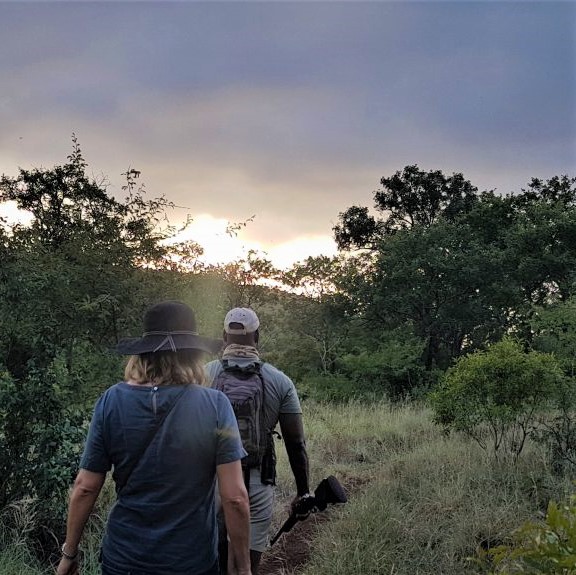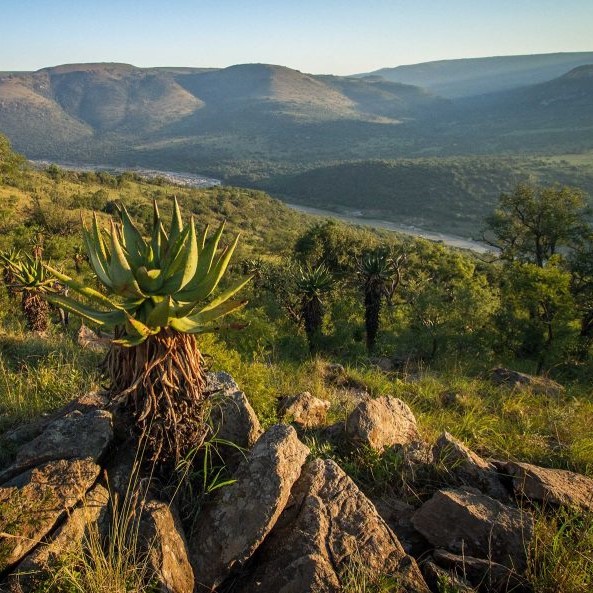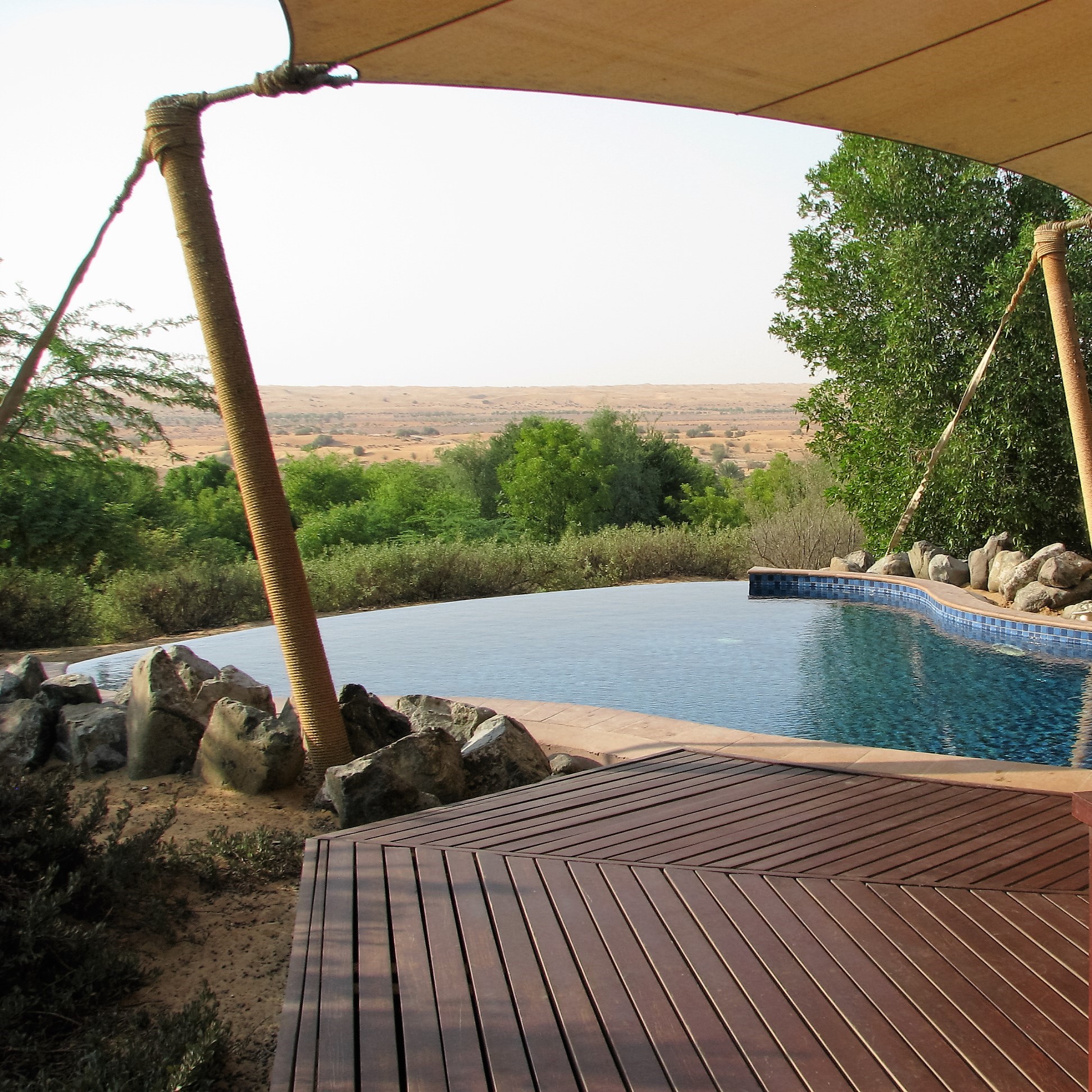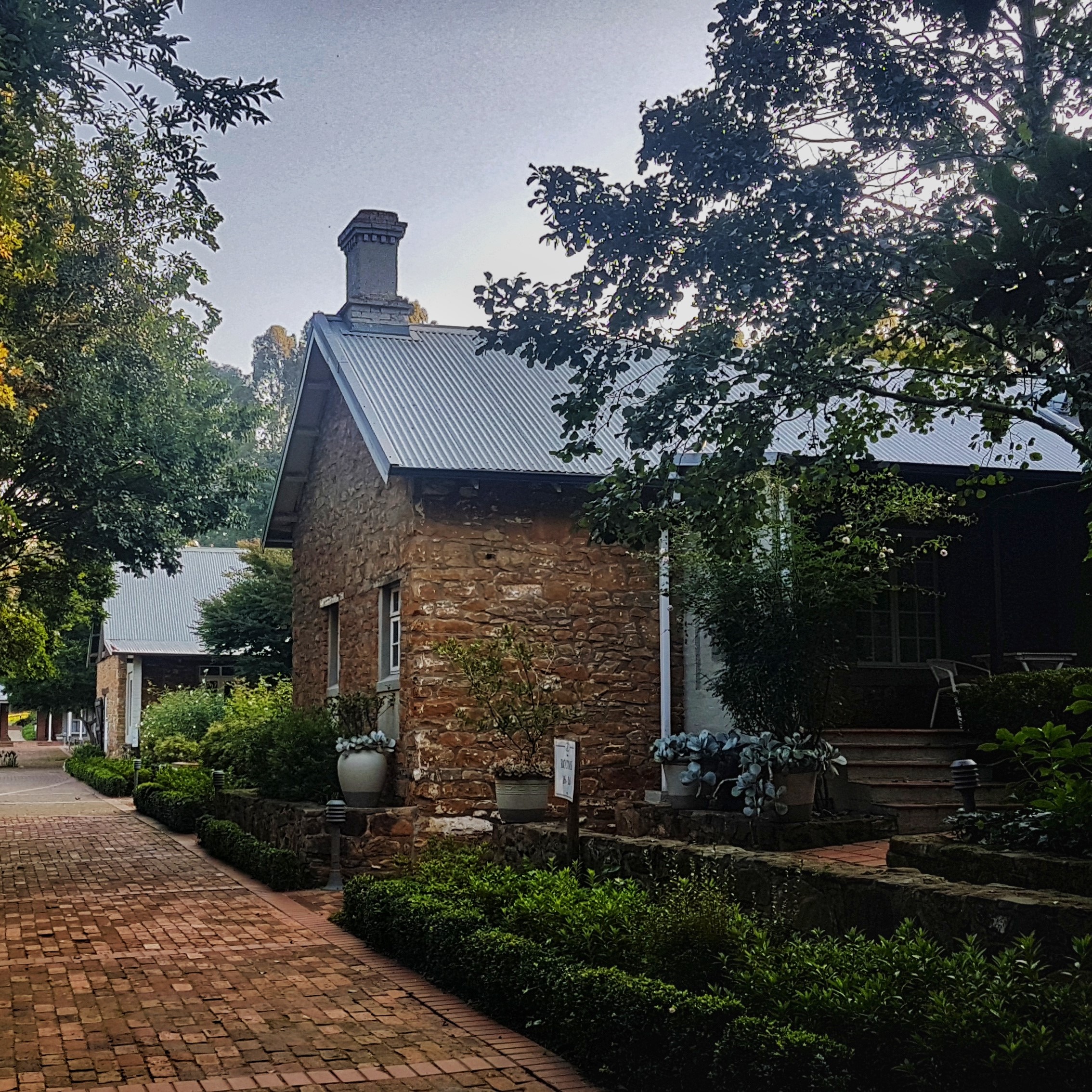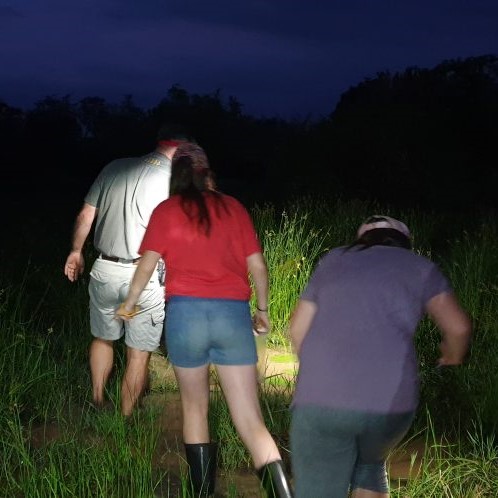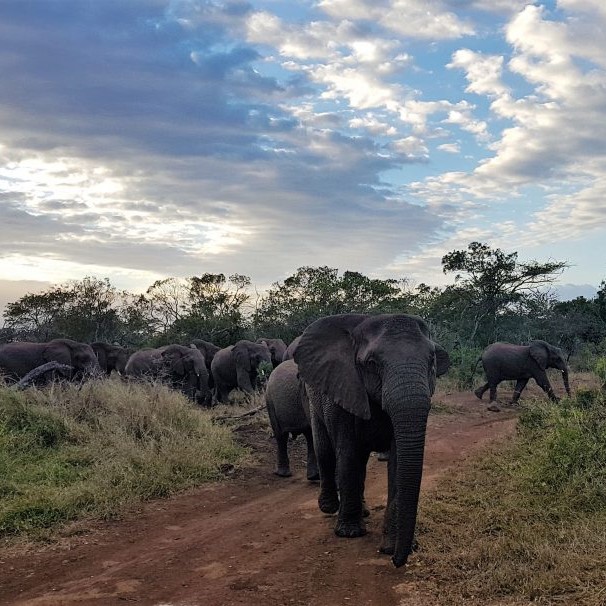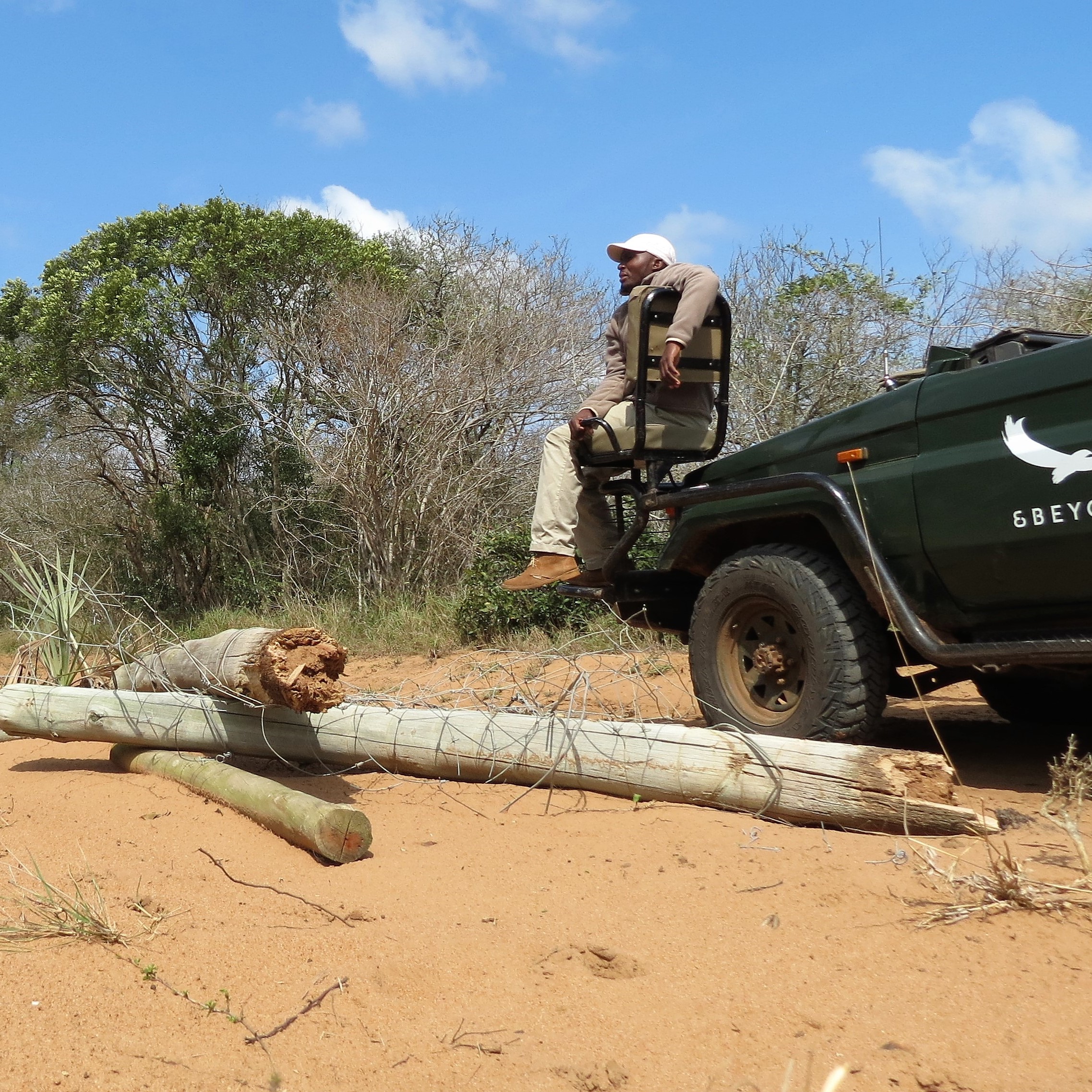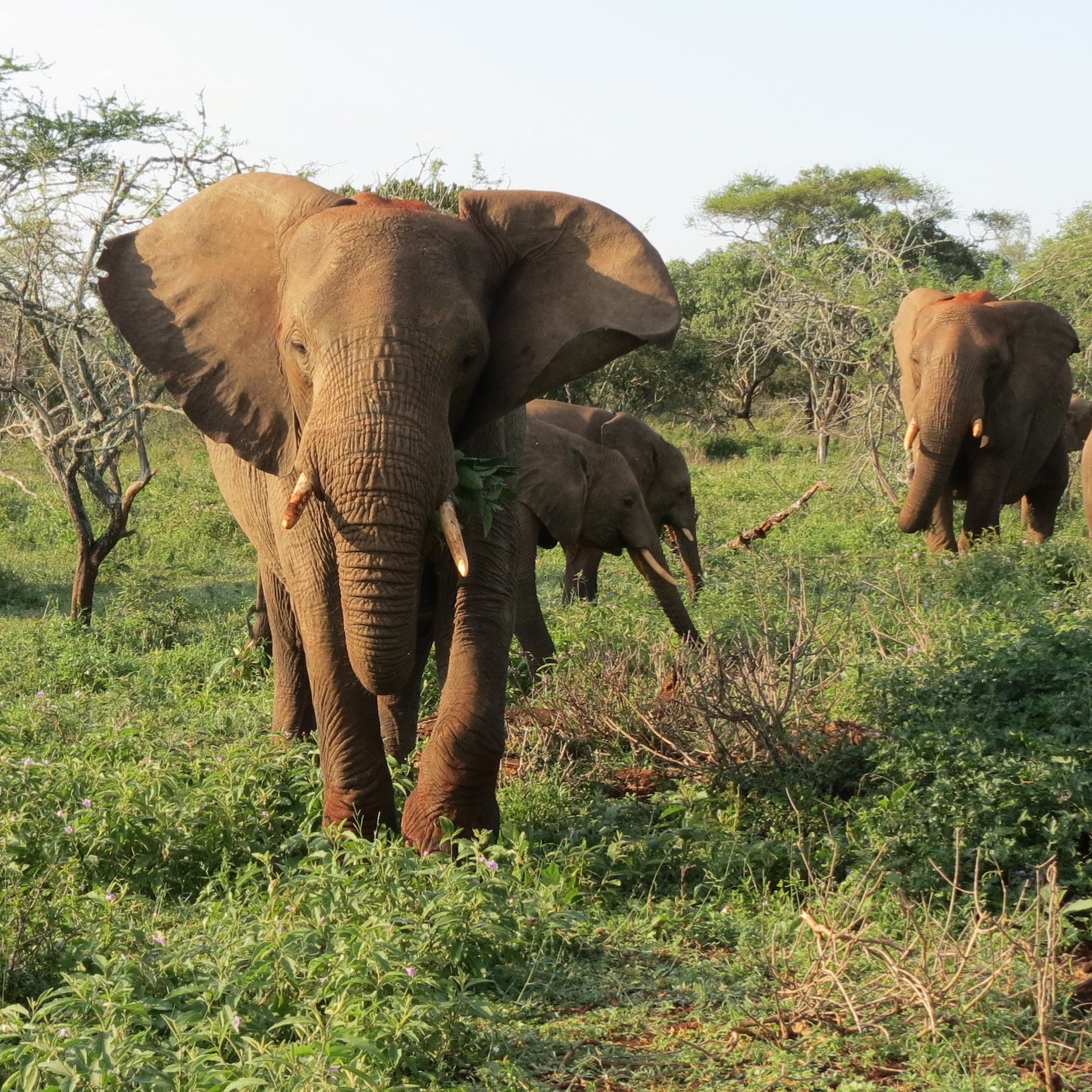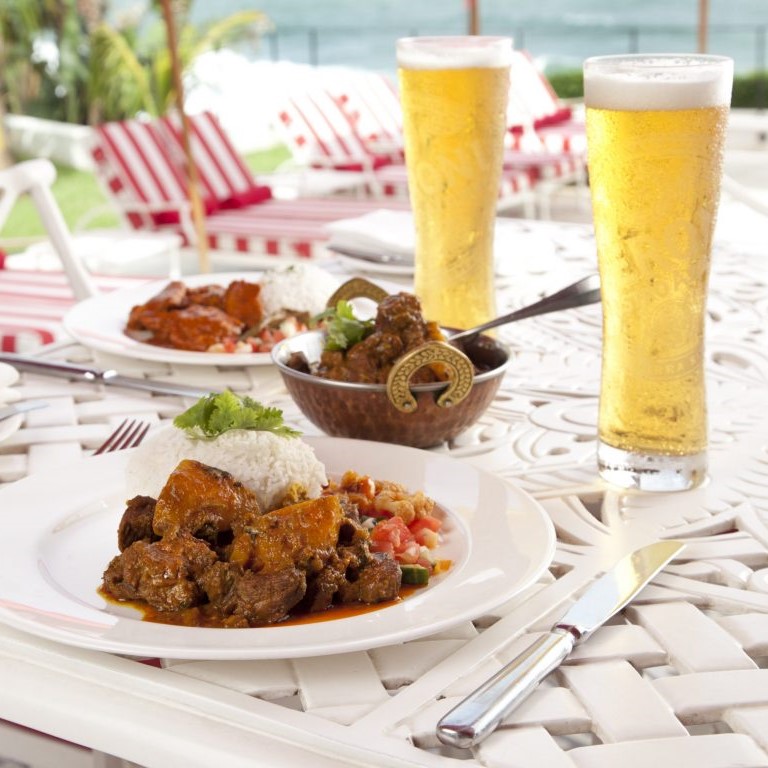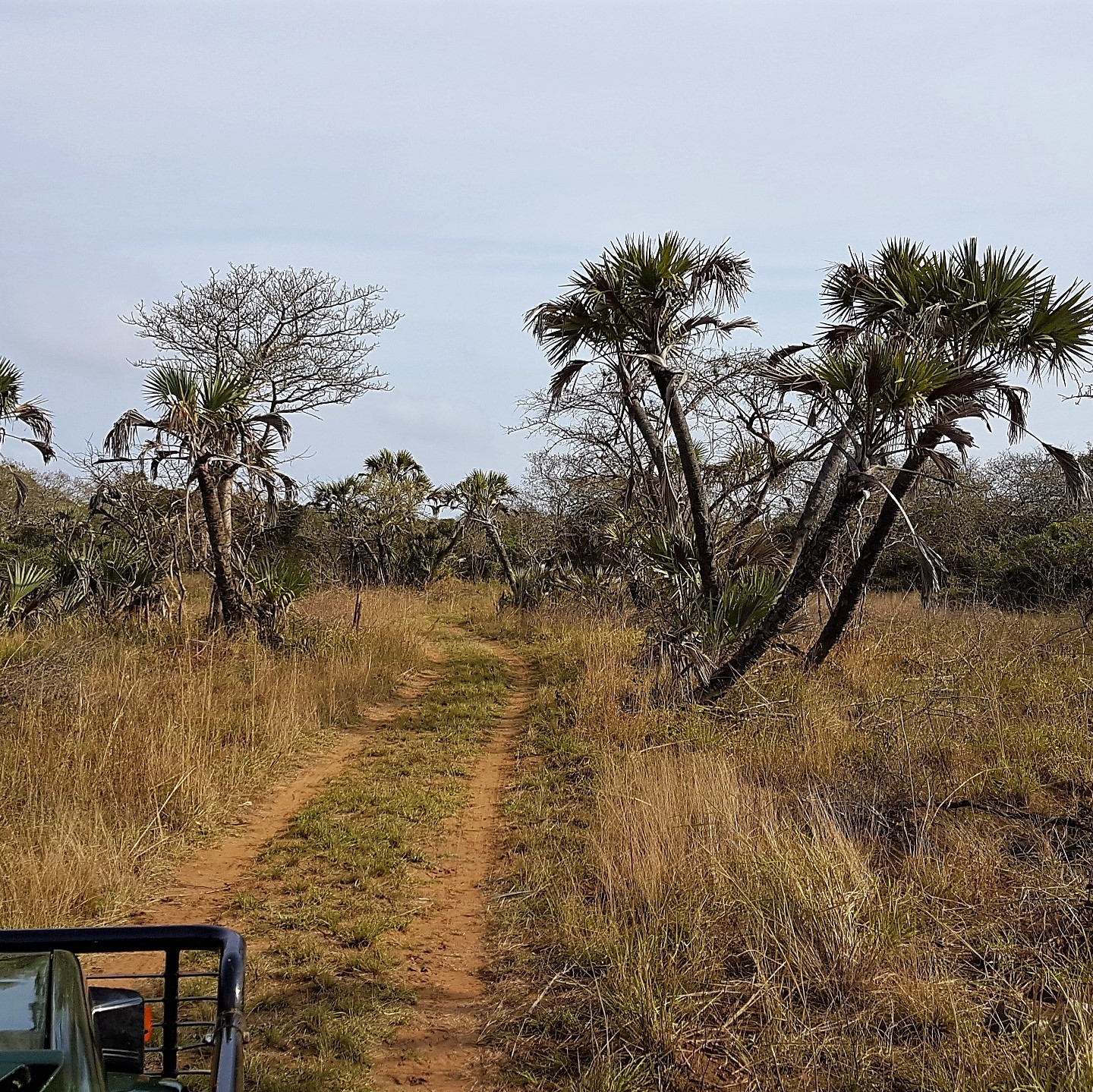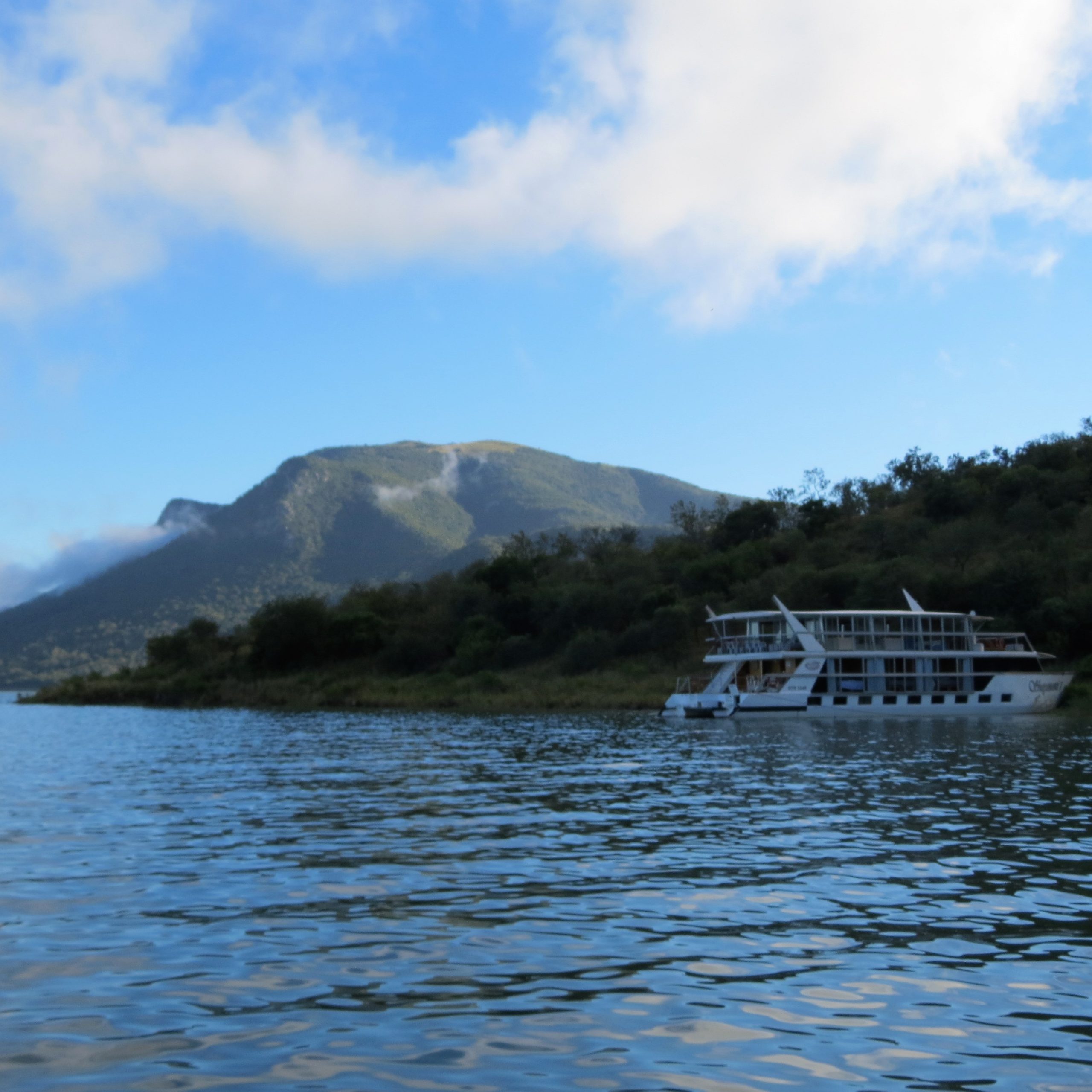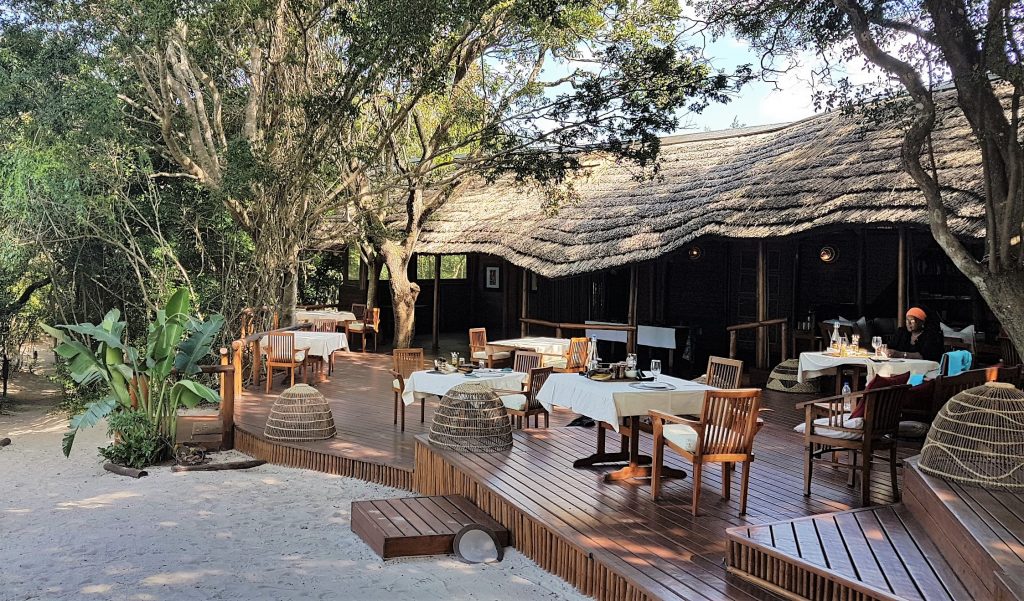
Kosi Forest Lodge, situated near the upper lakes of the Kosi Lake system in the iSimangaliso Wetland Park, is set within a beautiful sand forest on the banks of Lake Shengeza. In the heat of the day the shade of the huge Zulu podberry tree (Dialium schlechteri) is most welcome, as is the refreshing drink and chilled face cloth, followed by a warm handshake and broad smile from Blessing Mngomezulu, the Lodge Manager. Blessing is a local man and has been part of the Kosi Bay Lodge team right from the start…
Soon we’re walking down a sandy path through the sand forest, I choose to lose the shoes and the soft sand feels cool beneath my feet. At the end of the path is a clearing… and our ‘cabin in the woods’. Well actually it’s a thatched semi-tented structure built on raised stilts so as to have as light a footprint as possible. The trees take centre-stage here, and all structures are sensitively placed so as not to disturb the canopy and surrounding bush , which is home to what will be our wake up chorus each morning, and with over 420 species recorded in the surrounding areas, it is a wonderful melody indeed.

Any visit to Kosi Forest Lodge must include a guided walk through the Raffia Palm Forest and an early morning canoe trip through the Sihadla channel of the Kosi Lakes system…
Jerome Mntambo guides us through the magnificent Raffia Palm Forest, sharing his knowledge of the area and the biodiversity of the forest. We learn that the Kosi palm (Raphia australis) flowers only once in its life and then dies – which thankfully takes in the region of forty years. We see fruit in its various stages of ripening and a tiny palm tree, its seed still attached, and glance up to see an adult palmnut vulture alighting from the crown of a fruiting Kosi palm – they were thought to be the only vegetarian vulture species, but in actual fact are opportunists and will scavenge fish from the African fish eagle given half a chance.
Venturing deeper into the forest, the Kosi palms towering above us, I stand in awe at the size of the fronds that are said to be the longest in the world at about 10 metres. They are incredibly strong, and due to their buoyancy are used by the local Thonga people as building materials for both huts and rafts.


Walking waist deep through indigenous ferns we glimpse the Sihadla channel, lined with swamp fig (Ficus trichopoda), waterberry (Syzegium cordatum) trees and mangroves – the only area in South Africa where five species of mangrove are found, two of which (Luminitzera racemosa and Ceriops tagal) are at the southernmost limit of their distribution. We emerge into a clearing on the edge of the channel and Jerome points out the raft on the other side.


“This is the way the locals here cross the channel” he says, as he hauls on the rope tethered to the raft. I step on tentatively, it’s more stable than I thought. And with Jerome’s help, we cross to the other side.

Birding along these channels is particularly satisfying and early the next morning we glide quietly into the water, Jerome doing the paddling – which is just as well as we’re juggling cameras and binoculars as we quickly tick off African jacana, purple gallinule, African pygmy goose, African darter and squacco heron.


A Palmnut vulture feeds on top of a Kosi palm… and we hear the distinctive call of the African fish eagle, and we pause as the Sihadla channel enters fourth lake. We glide slowly past lilac water lilies, see magnificent Kosi palms reflected on gently rippled surface of the water and appreciate the countless shades of green and hues of brown along the waters edge. A troop of Samango monkeys feed noisily in a large African fig tree (Ficus spp)… announcing that it’s time we were heading back to camp for a hearty breakfast too.


On route I ask Jerome about the impact Kosi Forest Lodge has had on him and his family. He tells that it has made a big impact for him as well as the community as the lodge employs many people from the local community. In addition to providing much needed employment in an area where unemployment is rife, the partnership arrangement between Isibindi Africa Lodges and the uMvumamvubu Development Trust (on behalf of the Myayiza community) sees the community benefit financially as a whole – for education, health care, and the construction of a community hall.
And that brings us back to Blessing, whose love and respect for his grandmother had him searching for sticks to make a chicken run, which led him to digging holes, constructing a lodge and a building a future. And our conversation with him…

Read about our Thonga Beach Lodge experience HERE
And to read the complete Coast of Dreams story in the digital mag click HERE




